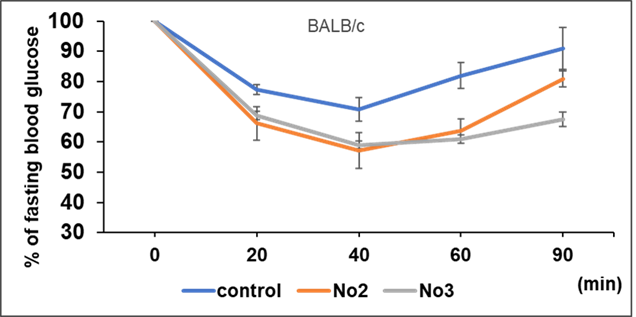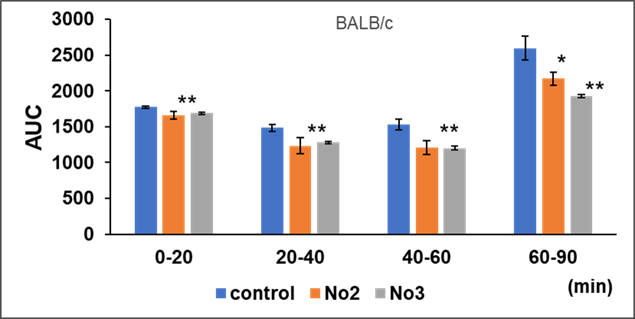Advantage and Core Benefit
- Potential for a novel mechanism of action: Expected to act via a pathway distinct from existing drugs such as pioglitazone and metformin, improving insulin sensitivity.
- High potency: Promotes glucose uptake at lower concentrations compared to current treatments.
Background and Technology
Type 2 diabetes mellitus (T2DM) is a metabolic disorder characterized primarily by insulin deficiency and insulin resistance. Among these, insulin resistance is often triggered by adipocyte hypertrophy, which induces chronic inflammation. The resulting cytokine release impairs insulin signaling and leads to insulin resistance.
Although current insulin sensitizers such as pioglitazone and metformin are widely used, they are associated with significant side effects, including heart failure, edema, and gastrointestinal symptoms, limiting their use in certain patients. Hence, there is a growing demand for novel therapeutic agents that act via different mechanisms.
In response, the inventors have developed and synthesized novel indole-based compounds. Among these, Compounds No.2 and No.3 have demonstrated significant glucose uptake enhancement under insulin stimulation in cultured adipocytes (Fig. 1), and effective blood glucose reduction in insulin tolerance tests in diabetic mouse models (Fig. 2). Notably, these compounds exhibited greater activity at lower doses than Pioglitazone and Imeglimin, without any observable adverse effects in vivo. These findings suggest that these compounds may target alternative molecular pathways.
 |
 |
 |
Data
- In vitro studies: Compounds No.2 and No.3 enhanced glucose uptake significantly in 3T3-L1 adipocytes following insulin stimulation (10 nM, 10 min) after 48 hours of treatment, outperforming pioglitazone and Imeglimin at lower concentrations (Fig. 1).
- In vivo efficacy: Intraperitoneal administration of 300 ng/day of Compounds No.2 and No.3 for 4 consecutive days in insulin-resistant BALB/c male mice significantly improved insulin sensitivity, as evidenced by a prompt reduction in blood glucose during insulin tolerance tests (Fig. 2).
Patent & Publication
Patent application pending (unpublished)
Researcher
Dr. Tsugumichi Saito (Gunma University) and Dr. Satoshi Shuto (Hokkaido University)
Project ID:WL-05279


